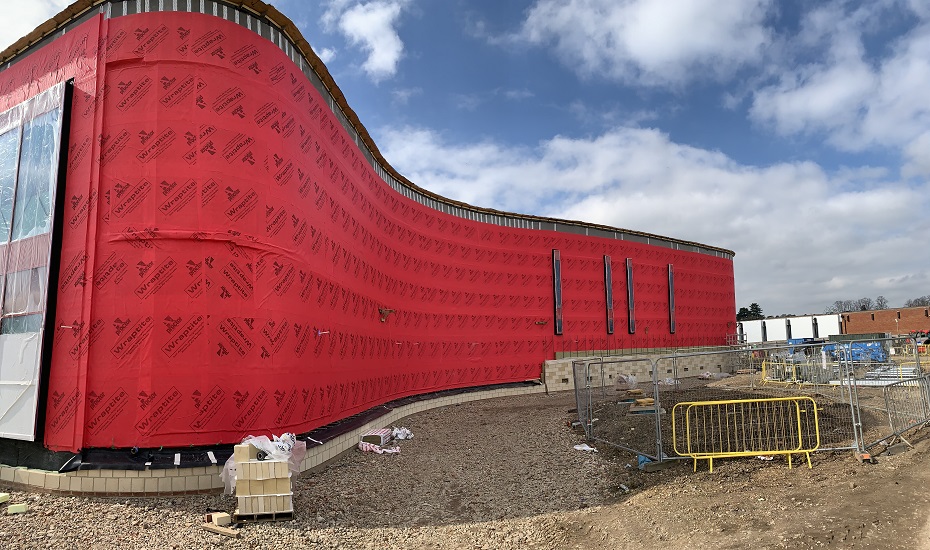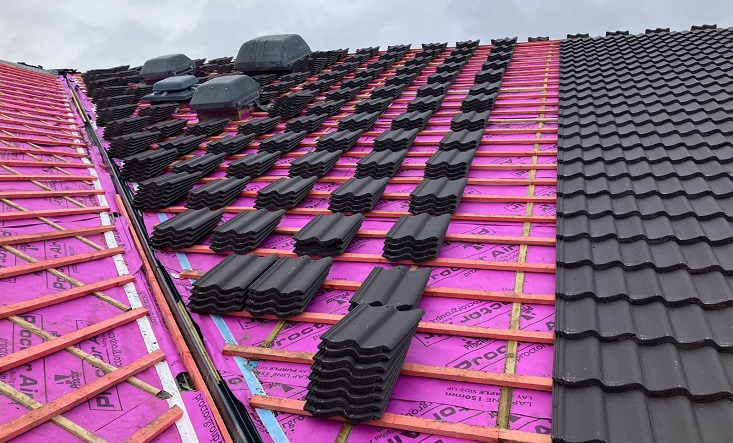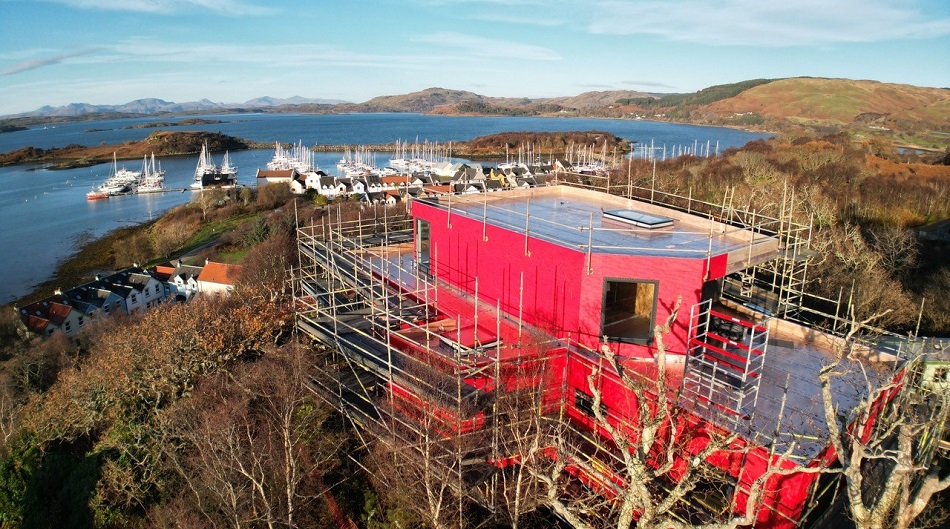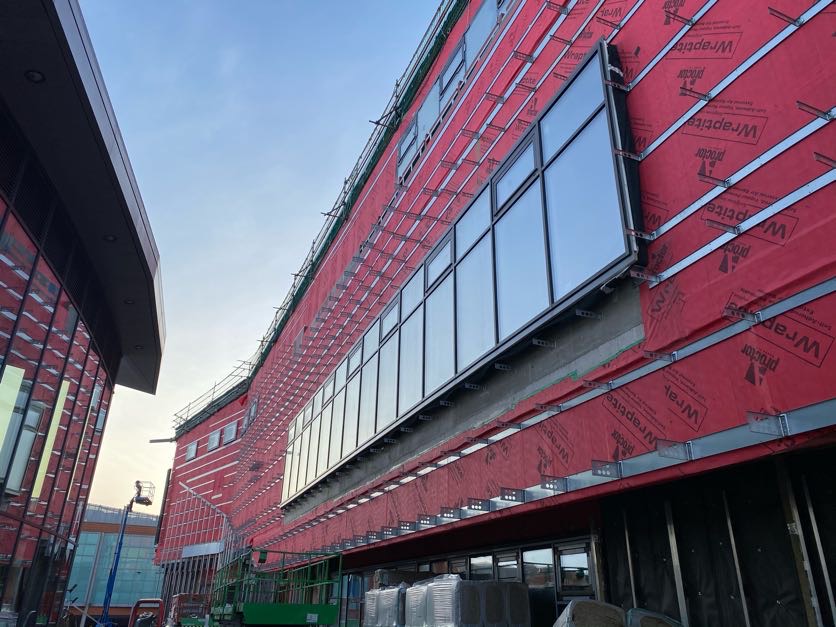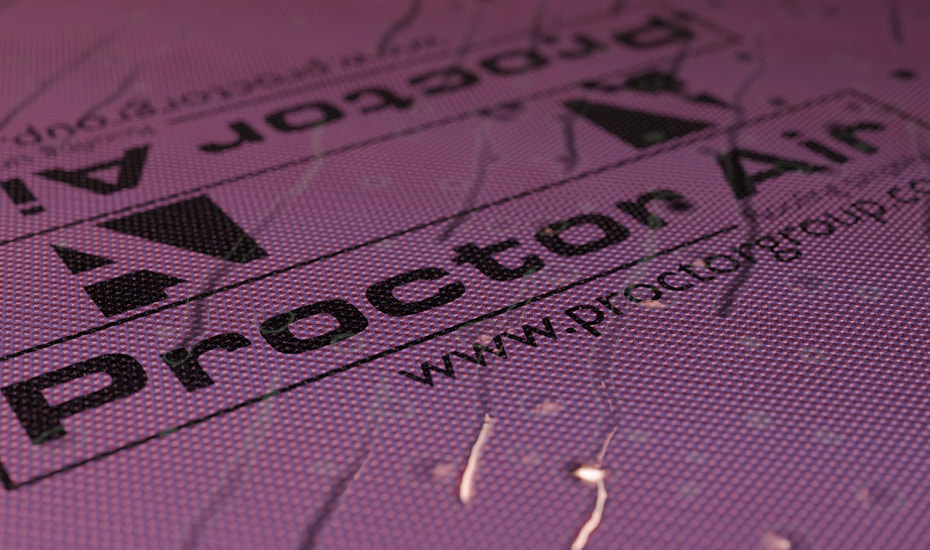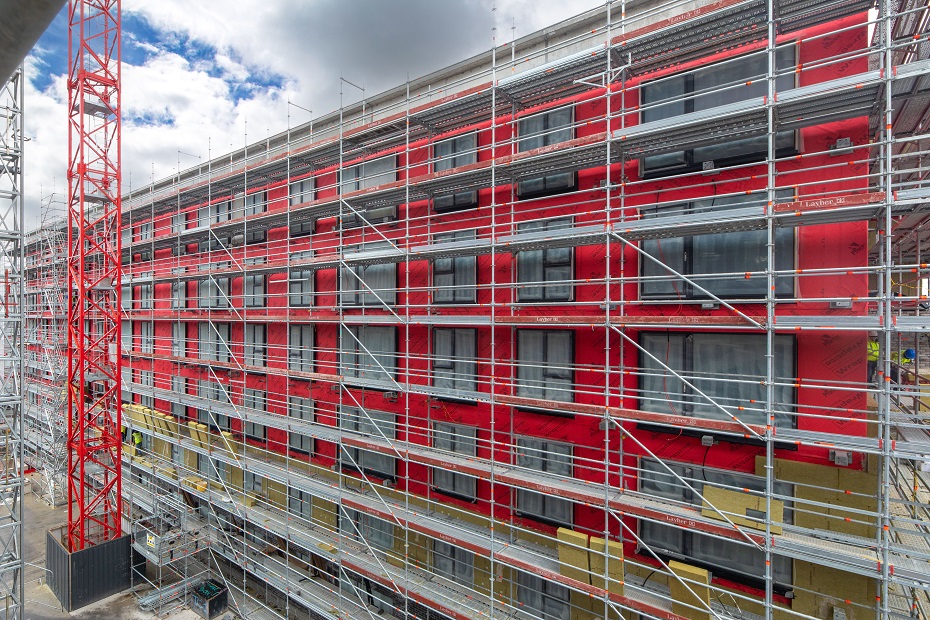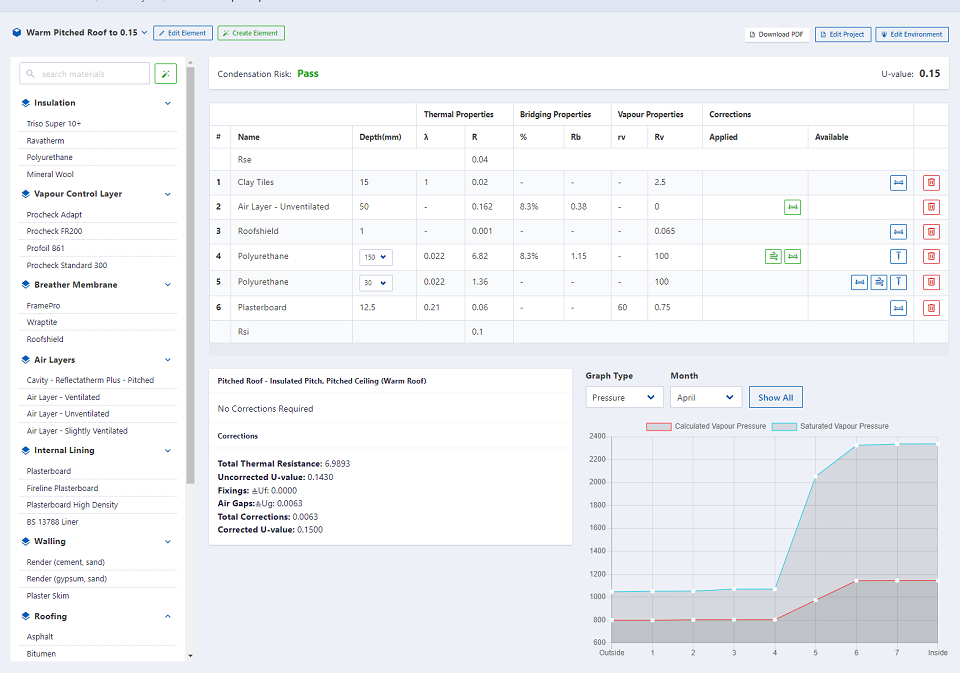Membranes have a vital role in the construction of all buildings. When considering the purpose and importance of membranes we can classify most types according to the following physical properties:
- Vapour Permeability
- Air Permeability
- Thermal Enhancement
- UV Resistance/Exposure Time
- Reaction To Fire
Acceptable performance criteria for each application, based on these properties, is detailed in the code of practice BS5250:2021 Management of moisture in buildings.

The primary applications for construction membranes are: On the warm side of the building envelope, there a vapour control layers, membranes whose purpose is to prevent excessive moisture vapour from entering the building fabric where it may lead to condensation problems. A vapour control layer will also block the passage of air if installed correctly.
Vapour permeable, or “breather” membranes, are used on the cold side of the envelope, to provide secondary weather protection while remaining moisture neutral and not restricting the passage of vapour to the external environment. Roof underlays perform a similar secondary weather protection function to breather membranes, but not all underlays allow the passage of vapour. Impermeable underlays require moisture to be removed from the roof by ventilation. Vapour permeable underlays can reduce or eliminate this ventilation depending on their specific properties.
Fire Safety
The suitability of materials within the construction of buildings and the increased requirements for fire safety means that the correct selection and application of membranes is critical. So, do Building Regulations as outlined in Approved Document B rule out the use of membranes?
Regulation 7 of Approved Document B stipulates; “building work shall be carried out so that materials which become part of an external wall, or specified attachment, of a relevant building are of European Classification A2-s1, d0 or Class A1, classified in accordance with BS EN 13501-1:2007+A1:2009 entitled “Fire classification of construction products and building elements.”
However, with specific reference to membranes, the Regulation provides further clarification and the following exemption: “10.15 a. Membranes used as part of the external wall construction should achieve a minimum classification of European Class B-s3, d0.”
identified materials that are essential components within the building construction but which, at the time, there were no or limited availability of Class A1 or Class A2-s1,d0 products. In many areas there have been further product developments which are starting to show suitable products that comply with all guidance from permeability to spread of flame resistance. In addition to membranes, exempted materials include seals, gaskets, fixings, sealants, and backer rods, plus intumescent and fire stopping materials where the inclusion of materials is necessary to meet the requirements of Part B of Schedule 1 of the Building Regulations. The full list of exemptions can be found within Regulation 7.
Understandably, building owners and insurance companies are looking to drive standards higher, and at the same time it is crucial that both design and construction seek to achieve a safe, holistic solution that considers the complete system. As an example, while quoting A2 ratings, some membrane products do not breathe or comply with BS5250, meaning using these membranes in the UK climate could make the building unhealthy and result in a much greater risk of condensation issues and mould growth protection method.
In developing its portfolio of advanced membranes, the A. Proctor Group has designed this in, backed up by independent testing observing the performance of the products as part of a holistic system rather than individually. One of the main areas this is noticeable in, is with the launching of our two new Class A2 breather membranes, Probreathe A2 and Probreathe A2 Air which can be used for those buildings where the extra drive to the next performance step is being strived for.
The increasing demand for independently certified membranes to provide fire protection in compliance with the latest building regulations demands manufacturers understand how their products will be used within the total building system. The technical team at the A. Proctor Group is providing in-depth advice to the stakeholders involved in building design and construction on understanding this. Getting it right from the outset is crucial.
*Article printed in Total Contractor April 2022
